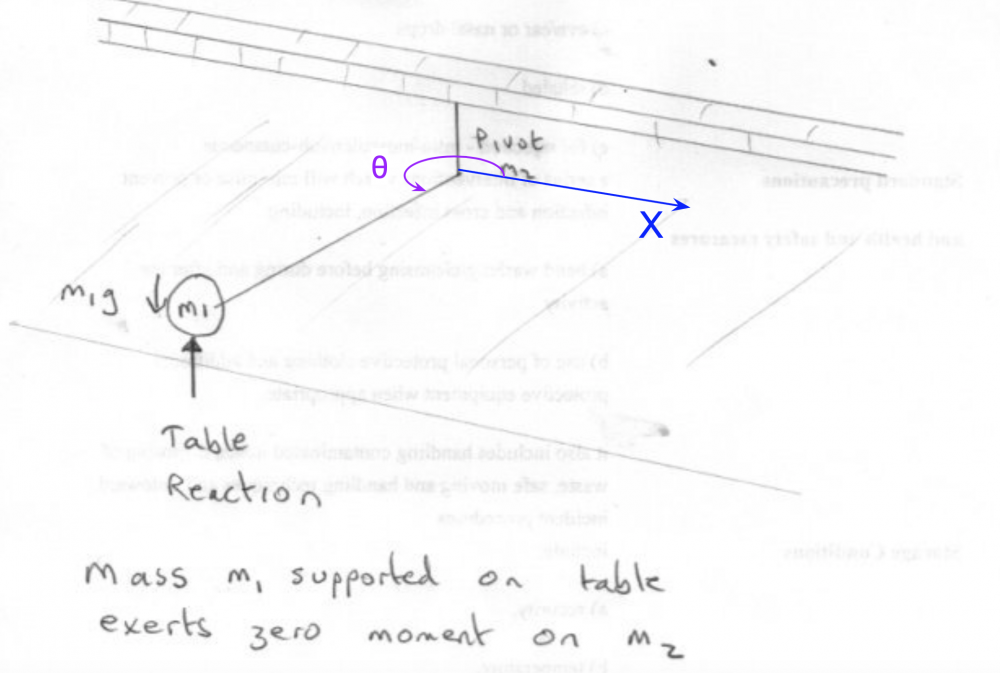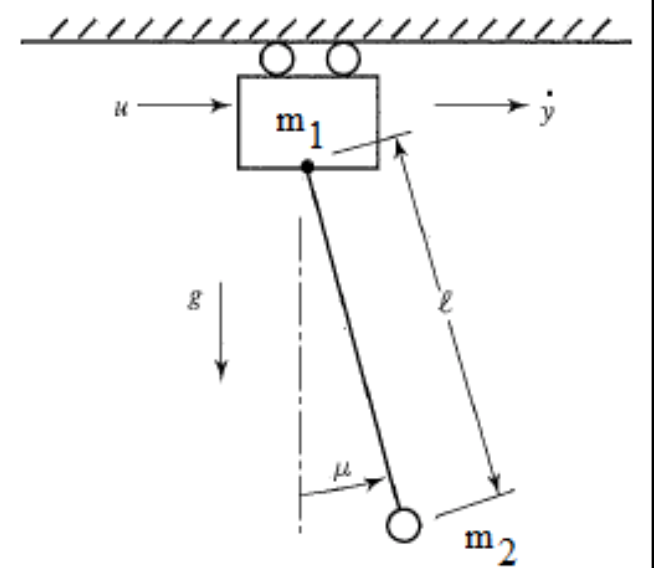-
Posts
2578 -
Joined
-
Days Won
21
Content Type
Profiles
Forums
Events
Everything posted by Ghideon
-

WHY electrons move in orbitals around nuclei
Ghideon replied to Oldand Dilis's topic in Speculations
While waiting, why not discuss some science? Do you still consider multiple time dimensions or have you changed your idea? edit: Just saw the other thread: Multidimensional time have been commented in detail in other threads. Multidimensional time does not does not work in current mainstream physics. -

WHY electrons move in orbitals around nuclei
Ghideon replied to Oldand Dilis's topic in Speculations
Again: have you abandoned your idea about ”multiple time dimensions”? -
-
The velocity rate of change of an object's position with respect to some frame of reference. Velocity is a function of time.
-
For "proof" and "truth" you maybe want start a topic in the mathematics section. But you still will need scientific theories such as group theory or number theory.
-
I think you missed the explanation about scientific theory above. In physics theories are not proven, theories are supported by evidence. Or rejected due to lack of supporting evidence.
-
Eliminating scientific theories would be rather counter productive? Without any of our current rigorous models concepts such as "speed of light" and "valence electrons" will loose their meaning. You might be more successful if you care to explain what you are speculating about.
-
Maybe you could answer the questions about your idea instead of adding more confusion?
-

WHY electrons move in orbitals around nuclei
Ghideon replied to Oldand Dilis's topic in Speculations
I see no multiple time dimensions in your last two posts, did you abandon that idea? Can you post the version of your model that these claims are based on, including the mathematical formulas? -
Trying to understand; do you mean that 1g on some substance X has another energy than 1g of some other substance Y? That is not what E=mc^2 states.
-
Thank, helpful introduction inspiring to some more reading! I do not remember studying of that part of mathematics in any depth. Probably wasn't clear in that post, in my line of thought I did not realise a more general case was needed to make a point. Maybe you can you elaborate where I went wrong? I'm aware of slope being defined at a single point*. I intended to comment on the calculation using a single point. Example; given the question "A straight line goes through point (0,0), please calculate the slope" I would need one more point along the line to give an answer? *) Slightly of topic but worth mentioning; vocabulary may not be same in all languages, possibly confusion my posts. Over here "k" is normally only used for slope of straight lines and m used for the constant in y=kx+m.
-
The compound Si2HSb2 does not have the properties* described in the picture. Anyone trying this specific piece of crap will not be hurt, at least not from carving too deep using Si2HSb2. *) link to trash: scienceforums/si2hsb2-crystal
-
The slope is defined as the change in the y coordinate divided by the corresponding change in the x coordinate, between two distinct points on the line. In your example you first use (x,y) and implicitly (0,0) which is ok. Then you seem to try to use (0,0) twice and that is not how slope is defined, you need two different points along the line. Here is what you seem to be suggesting, but this is not the definition of slope: No. The constant of proportionality is the same in point (0,0) as in any other point along a specific line through point (0,0). Point (0,0) is not special.
-
The 2019 Nobel Prize in Physiology or Medicine has been awarded jointly to William G. Kaelin Jr, Sir Peter J. Ratcliffe and Gregg L. Semenza “for their discoveries of how cells sense and adapt to oxygen availability.” Press release with links to key publications: https://www.nobelprize.org/prizes/medicine/2019/press-release/ More advanced scientific background: https://www.nobelprize.org/prizes/medicine/2019/advanced-information/
-
On the contrary, I especially dislike writings claiming to provide scientific arguments when the contents actually is: In addition to that, googling the author provides no information why the book should be regarded as credible.
-
Which book? Before going into and refuting any of the specific arguments from the book: how does the book explain that humans and other species here on earth share mitochondrial genomes? http://protein.bio.msu.ru/biokhimiya/contents/v77/full/77130037.html
-
What makes you believe that?
-
I was curious about your idea, hence I asked how angular hits are related to your theory.
-
I meant scientific evidence*. Not random pictures without citations. Again, please clarify what you mean with angular hits. *)https://en.wikipedia.org/wiki/Scientific_evidence
-
Before l try to comment, can you clarify the above? What is it the evidence say regarding angular hits? And according to what source?
-
Other members seem to understand the device better than me, is the below a correct interpretation? I borrowed @studiot's picture. m2 is free to move along the x axis. m1 may rotate any angle theta. The rod is solid so distance between m1 and m2 is constant. Note that I'm not stating if m2 will move and/or not or if m1 will rotate around pivot m2 or not (yet). I just want to be sure that x and theta is sufficient to describe the motion.
-
Thanks for the feedback! I'll start from scratch.
-
I have a rough idea about how to analyse the device, I would like to have your opinion. But I'm not sure I've understood the device fully, it is quite possible the idea doesn't apply at all. I think the device is similar to a pendulum on a cart where the cart can move horizontally. The pendulum mass is mounted on a rod instead of a string. The cart and pendulum is constructed so that the pendulum could swing full loops if given sufficient initial push. The equations of motion for a pendulum on a cart can be derived using Lagrangian mechanics and it would result in differential equations where gravitational constant g appears. Below is a typical pendulum on a cart device. This particular drawing would need some adjustments since the pendulum can't swing full circles and rod l is not mounted symmetrically at m1. But I hope it shows the general principle. Now the idea: If we the put the pendulum and the cart in free fall** so g=0, could the device behave as the device presented by OP? If so: could we try some of the many available solutions* to typical pendulum on a cart problems and see what the math predicts about its movement when g=0? But also: does the Lagrangian still work when potential energy is zero when g=0? Since g=0 the initial movement must be generated by some means other than dropping the pendulum from some angle >0. The Lagrangian equations would need appropriate modifications. Does the idea seem valid? *) Probably someone with better skills in Lagrangian mechanics would just write down the equations, but I'm still learning the basics so I need to cheat. That's why I try to find a reasonably similar device that's easy to find solutions for and that possibly can be tweaked into describing the device in this thread. **) It could also be tilted 90 degrees so rotation takes place in the horizontal plane.
-
Good point. Current leaders gets older and will be replaced. Will future leaders, young today, be inspired by the message, the delivery and/or the messenger? Enough to make a difference in the long run?
-
Time dilation has nothing to do with the mechanical operations of clocks so the question does not apply. And the first sentence does not seem to agree with what would be observed. -Speed of light is invariant; moving at high velocity relative to something does not affect the measured speed of light. So the light from a clock would not be measured to move slower between two observers even if they move at high relative velocity. -Any observer will measure time moving at regular pace in their own frame of reference and see time run slower in moving frames. No-one will measure time slowing down in their own frame of reference. In what frame of reference do you state that time has slowed down?



